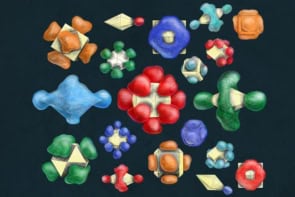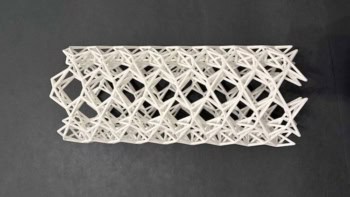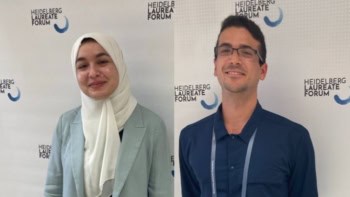Eminent nanotechnologist Richard Smalley has died in Houston in the US at the age of 62. Smalley received the 1996 Nobel Prize in Chemistry for the discovery of buckminsterfullerene molecules, or buckyballs, together with Robert Curl and Harold Kroto. He died on 28 October following a long battle with cancer.

Smalley discovered buckyballs while working at Rice University in the US in 1985. “In my view, this was a singular event in the history of nanotechnology,” said Neal Lane of Rice University. “It not only created a whole new field of fullerene chemistry, it immediately made feasible the notion of making things from the bottom up, just as physicist Richard Feynman had predicted 50 years earlier.”
Smalley began his career by studying chemistry at Hope College, Michigan, followed by the University of Michigan. He completed a PhD at Princeton University after working for Shell Chemical Co for four years. Postdoctoral research at the University of Chicago followed, before Smalley moved to Rice University in 1976.
At Rice, as well as his work on fullerenes, Smalley helped to found the Rice Quantum Institute and the Center for Nanoscale Science and Technology. He was also director of the Carbon Nanotechnology Laboratory and founded nanotube start-up company Carbon Nanotechnologies in 2002.
“Rick made great contributions to science,” says Robert Curl of Rice University. “While fullerenes and nanotubes dominated the end of his research career, he had made many contributions of towering magnitude before then.”
According to Lane, Smalley played a crucial role in getting the US National Nanotechnology Initiative approved by Congress. From 2002 to 2004 he campaigned for the use of nanotechnology in producing cheap clean energy.
“Rick cared little about honours and much more about how applications of nanoscience might help resolve pressing human problems in energy accessibility, food supplies and medical diagnosis and treatment,” says Malcolm Gillis of Rice University. “In meetings with Rick in the past year, it was clear to me his primary reasons for his determined battle against his disease had first to do with his family and second with his desire to witness at least a few of the social benefits he expected from buckyballs, buckytubes and other nanoparticles.”



